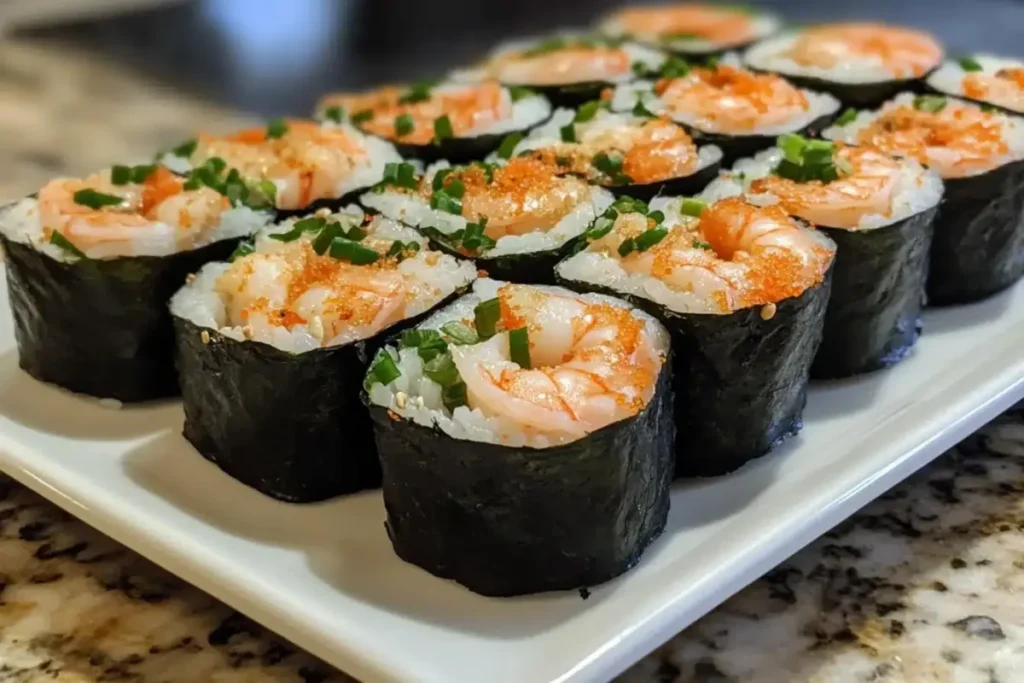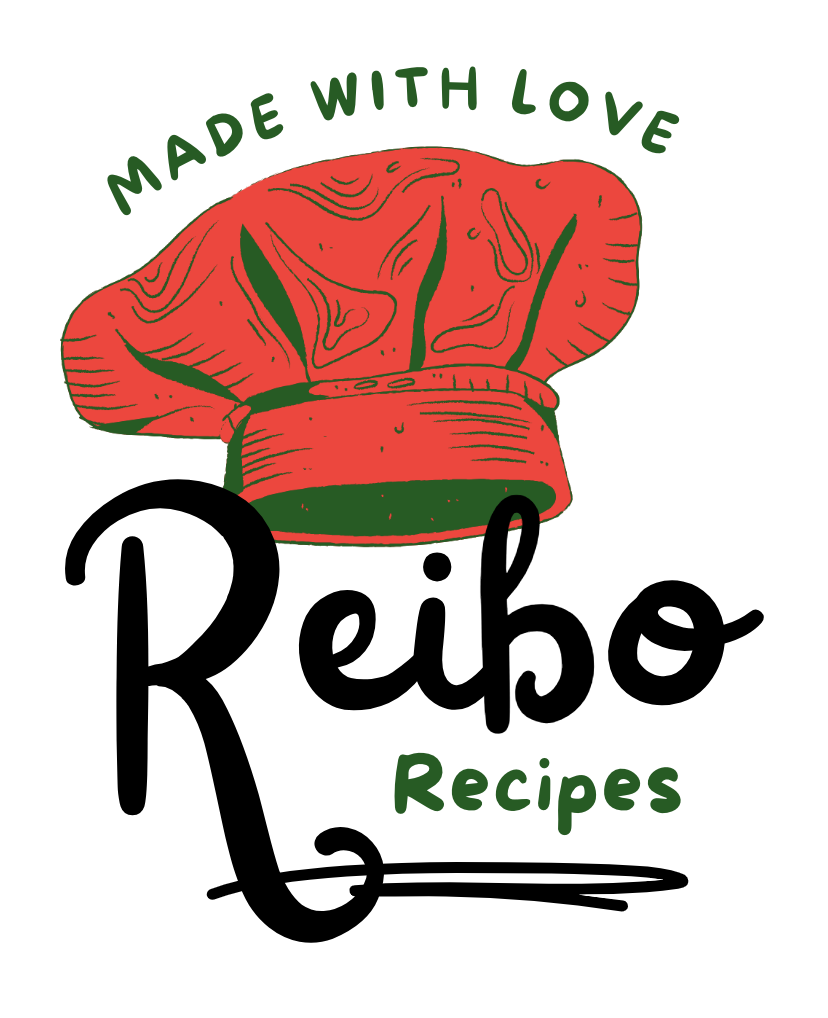
Shrimp rolls are a delightful seafood sandwich that not only brings together the light, fresh taste of shrimp but also pairs it with the comforting texture of a buttered, toasted bun. Moreover, this New England classic is a favorite at seafood shacks and backyard barbecues alike, offering a simpler and more affordable alternative to the famous lobster roll. Furthermore, making a shrimp roll at home can be just as satisfying, and much easier than you might think.
Nutritional Benefits
rolls not only offer a delicious flavor but also provide various nutritional benefits. Shrimp is an excellent source of lean protein, low in calories, and packed with essential nutrients like omega-3 fatty acids, which support heart health. Additionally, shrimp contains antioxidants, including astaxanthin, which can reduce inflammation and improve skin health. Using a modest amount of mayonnaise and adding celery contributes fiber and healthy fats, creating a balanced, nutritious option. For those seeking lighter meal options, shrimp rolls are an ideal choice that offers both taste and health benefits.
History and Background
Shrimp rolls have a rich history, deeply rooted in New England’s seafood traditions. Initially, they were considered a more economical option compared to lobster rolls. Over time, however, rolls have grown in popularity due to their ease of preparation and the wide availability of shrimp. Today, people across the United States enjoy shrimp rolls, especially during the warmer months when they particularly prefer light and refreshing meals.
rolls not only save time but also offer versatility in flavor. If you want to explore more about how these delicious rolls fit into the broader New England cuisine, check out this guide to New England dishes.
Regional Variations of Shrimp Roll
While rolls have their roots in New England, different regions have added their unique twists to this classic sandwich. In the Southern U.S., for instance, rolls often include a bit of spice, such as cayenne or Old Bay seasoning, adding a flavorful kick. On the West Coast, avocado slices or a dash of Sriracha may be added for a modern twist. Coastal areas often use locally caught shrimp, lending a fresh, distinct taste to each region’s version. Exploring these regional variations allows you to appreciate how this beloved sandwich can be adapted to reflect local flavors.
Essential Ingredients and Preparation of Shrimp Roll
To make the perfect roll, you’ll need a few essential ingredients:
- Shrimp: Fresh or frozen, but ideally medium-sized for easy cooking.
- Mayonnaise: The base for the dressing.
- Celery: Finely diced for a bit of crunch.
- Chives: Minced to add a mild onion flavor.
- Lemon Juice: For a touch of acidity.
- Top-split Hot Dog Buns: Preferably buttered and toasted.
- Butter: For toasting the buns.
Choosing the right shrimp is crucial. For the best results, go for fresh shrimp if possible. However, frozen shrimp can also work well if they are properly thawed. For those interested in how shrimp rolls contribute to a sustainable seafood diet, visit Seafood Watch’s guide to sustainable choices.
Tips for Buying Fresh Shrimp roll
Selecting fresh shrimp is key to making a flavorful roll. When buying shrimp, look for those that are firm, translucent, and free from any strong fishy odor, as this can indicate freshness. If you’re purchasing frozen shrimp, opt for wild-caught or sustainably farmed shrimp to ensure quality and environmental responsibility. Consider buying shrimp in the shell, as they often retain more flavor. For convenience, many markets offer peeled and deveined options, which can save time during preparation. Knowing how to choose fresh shrimp helps you create the best-tasting shrimp roll.
Preparation Steps of Shrimp Roll
- Cook the Shrimp: Start by poaching the shrimp in cold water, slowly bringing it to 170°F. This method ensures that the shrimp are perfectly cooked without becoming tough.
- Cool and Chop the Shrimp: Once cooked, cool the shrimp in an ice bath, then chop them into bite-sized pieces.
- Mix the Filling: In a bowl, combine the shrimp with mayonnaise, celery, chives, and a squeeze of lemon juice. Season with salt and pepper to taste.
- Toast the Buns: Heat a skillet over medium-low heat, melt some butter, and toast the buns on both sides until golden brown.
- Assemble the Rolls: Generously fill each toasted bun with the shrimp mixture and serve immediately.
Variations of Roll
There are many ways to put a twist on the classic roll. Here are a few variations to consider:
- Spicy Roll: Add a bit of hot sauce or cayenne pepper to the shrimp mixture for a spicy kick.
- Asian-Inspired Roll: Incorporate ingredients like soy sauce, sesame oil, and ginger for a different flavor profile.
- Healthy Roll: Use a whole grain or gluten-free bun and substitute the mayonnaise with Greek yogurt.
- You might also be interested in our guide on Garlic Butter Shrimp Noodles, which you can find here.
Exploring Alternative Buns and Bread Choices for Shrimp Rolls
While the traditional shrimp roll uses a buttered, top-split hot dog bun, there are various bread options that can add a unique spin. Brioche buns bring a slightly sweet flavor that contrasts nicely with the savory shrimp mixture, while whole-grain rolls offer extra fiber and a more robust texture. For a low-carb version, try serving the shrimp mixture in lettuce wraps or over a bed of mixed greens. Additionally, using mini slider buns creates a perfect appetizer-sized shrimp roll for parties or gatherings. These bread alternatives allow you to customize the roll to suit different preferences and dietary needs.
Making Shrimp Rolls for Special Occasions
Shrimp rolls can be an ideal addition to any special occasion or gathering. For a summer barbecue, serve shrimp rolls alongside grilled vegetables and a selection of cold salads to create a refreshing outdoor meal. At a seafood-themed dinner party, offer shrimp rolls as a first course, perhaps paired with a light seafood bisque or chowder. To impress guests, prepare mini shrimp rolls as appetizers, garnished with fresh herbs and served on a platter. Presenting shrimp rolls creatively for events or gatherings adds a touch of elegance while showcasing this simple yet flavorful dish.

FAQs and Tips for Shrimp Roll
Frequently Asked Questions
How do I prevent my shrimp from being overcooked?
To avoid overcooking, gradually bring the water temperature up and keep it at 170°F while cooking the shrimp.
What is the best type of shrimp to use for rolls?
Typically, medium-sized, fresh shrimp are ideal. However, frozen shrimp can also work well if thawed properly.
Can I make shrimp rolls ahead of time?
Yes, you can make shrimp rolls ahead of time. Nevertheless, it’s best to assemble them just before serving to keep the buns from getting soggy.
How long can you store shrimp rolls in the fridge?
The shrimp mixture can be stored for up to 24 hours in the refrigerator. Therefore, you can prepare the filling in advance and store it for later use.
For more insights on this topic, check out our detailed article on Purple Sweet Potatoes here.
Expert Tips
To ensure your shrimp rolls are perfect:
- Avoid overcooking the shrimp by keeping a close eye on the water temperature.
- Additionally, toast the buns just before serving to ensure they stay crispy.
- Moreover, be generous with the shrimp filling for a satisfying and delicious roll.
Serving and Pairing Suggestions for Shrimp Roll
Enjoy shrimp rolls best with a few classic side dishes.
- Coleslaw: A creamy, tangy coleslaw complements the richness of the shrimp roll.
- Potato Chips: A crunchy side that adds texture to the meal.
- Pickles: Their acidity cuts through the richness of the shrimp and mayonnaise.
For beverages, consider pairing a cold lemonade, light beer, or a crisp white wine, as they perfectly match the flavors of the shrimp roll.
Sustainability Tips
With increasing awareness of sustainable seafood practices, making mindful choices when preparing shrimp rolls can contribute to environmental preservation. Choose shrimp that are sustainably sourced, certified by organizations like the Marine Stewardship Council (MSC) or Aquaculture Stewardship Council (ASC). Opt for wild-caught shrimp or those raised in responsible aquaculture farms to ensure minimal environmental impact. Additionally, buying shrimp locally helps support nearby fisheries and reduces the carbon footprint associated with long-distance seafood transportation. By making sustainable choices, you can enjoy your shrimp rolls with the knowledge that you’re contributing to ocean conservation.
Shrimp Roll Toppings to Enhance Flavor
Although the classic shrimp roll is delicious on its own, a few simple toppings can elevate its flavor. Add a sprinkle of Old Bay seasoning or paprika on top for a hint of spice, or garnish with finely chopped dill for an herby freshness. A thin slice of cucumber or a few arugula leaves can add a crisp, peppery bite that complements the creamy shrimp filling. For a zesty kick, try a few pickled jalapeño slices or a drizzle of hot honey. Experimenting with different toppings allows you to tailor each shrimp roll to your personal taste.
Conclusion for Shrimp Roll
In conclusion, making a shrimp roll at home is not only easy but also incredibly rewarding. With the right ingredients and a few simple steps, you can enjoy this New England classic in your own kitchen. Whether you stick to the traditional recipe or experiment with some variations, a shrimp roll is sure to be a hit. Therefore, don’t hesitate to try it out the next time you’re craving a delicious seafood meal.
